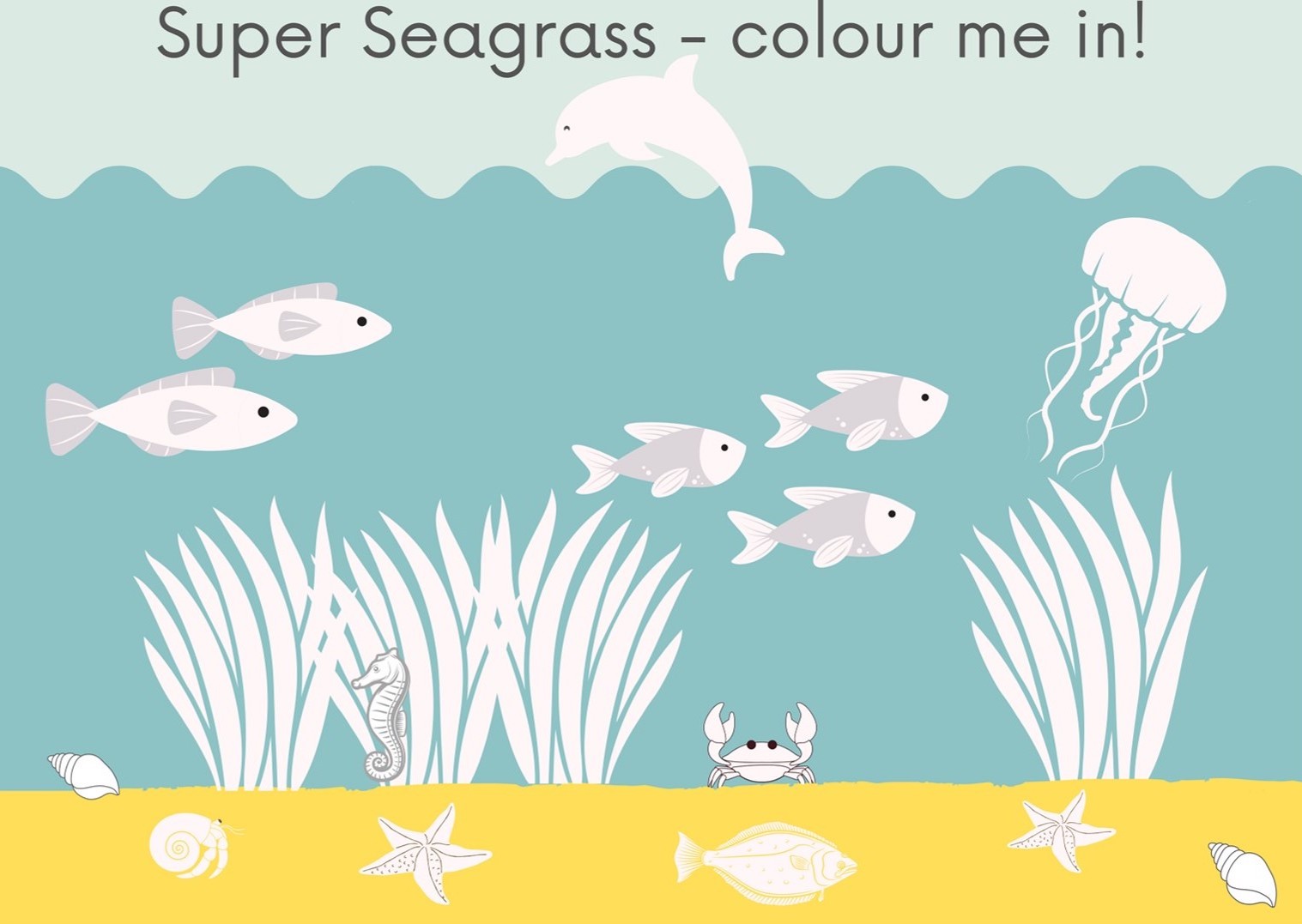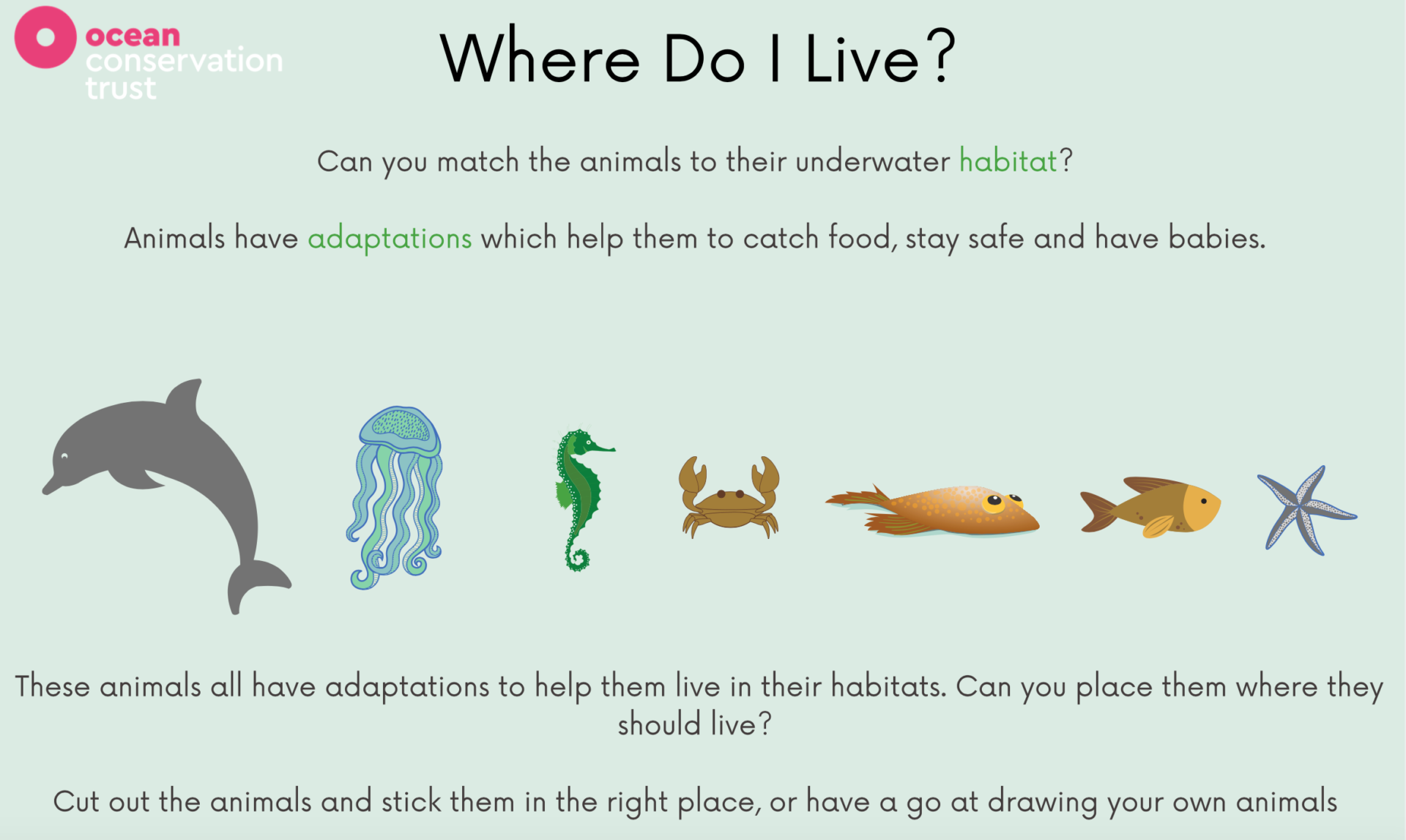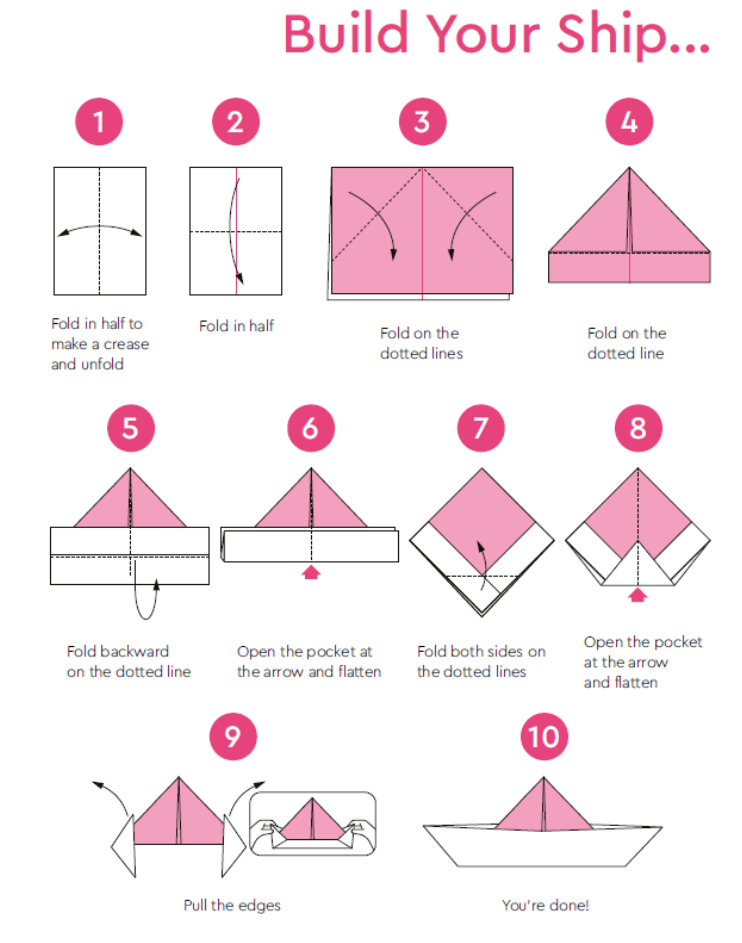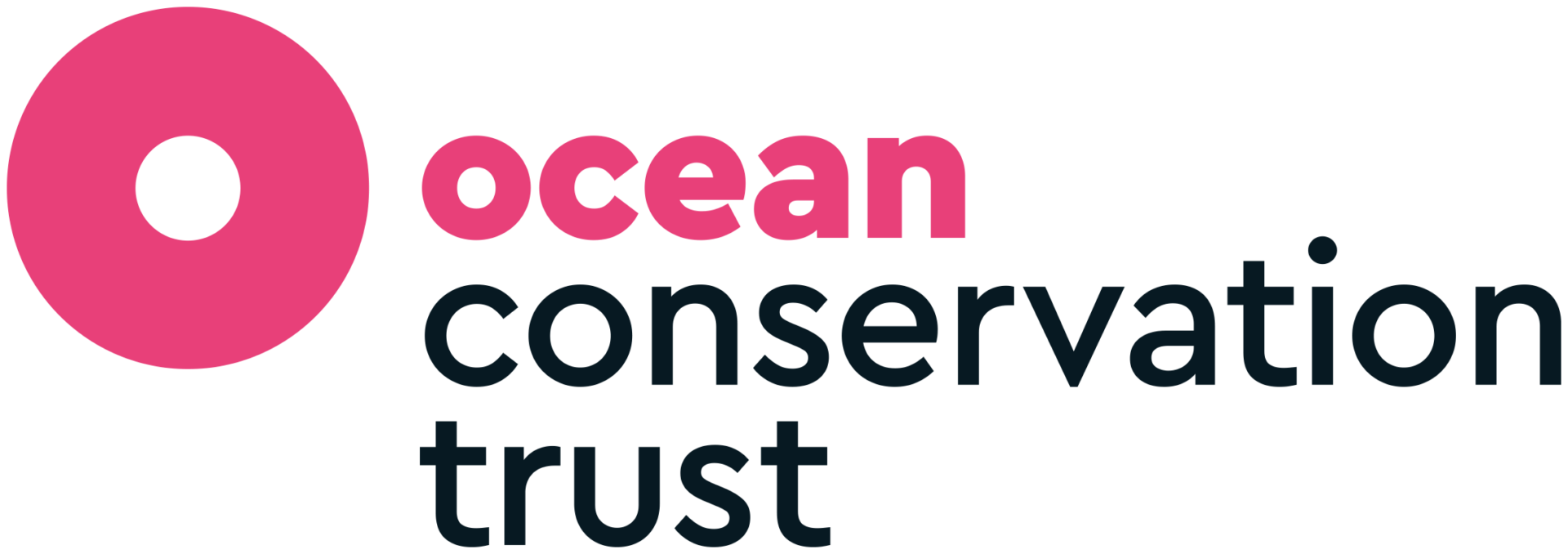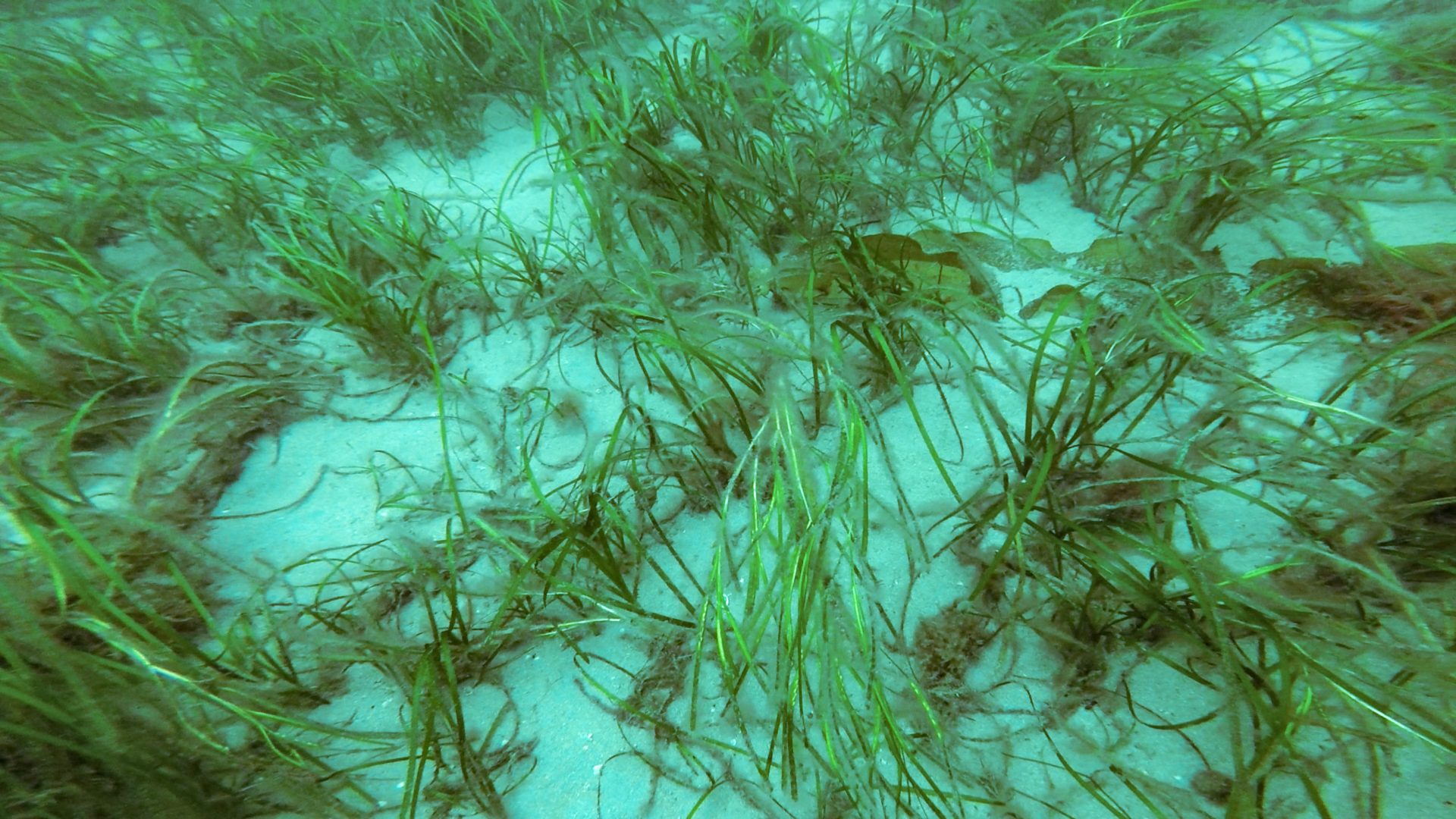Seagrass can teach all of us, especially our children, about the world we live in while covering some key curriculum topics at the same time.
By being the only Ocean flowering plant, seagrass provides us with a familiar link to an alien world, something which allows us to understand how we are inextricably linked to habitats under the sea. Learn more from Education Officer Loveday Trinick and download some seagrass worksheets for your children.
1. Seagrass meadows are relatable
While many Ocean habitats look alien and unfamiliar, seagrass meadows with their long green blades swaying in the Ocean currents can seem more relatable and easier to understand. This familiarity can make seagrass an easy starting point for children learning about Ocean habitats. From a comfortable start with seagrass, we can then journey on through other underwater worlds, leaving the familiar behind and exploring the depths.
2. Seagrass meadows are local
These incredible places can be found on our doorstep. Just beyond the rockpools and sometimes close enough to be exposed at low tide, seagrass meadows are accessible to even our youngest water swimmers, snorkellers and waders. While being really careful not to damage this sensitive habitat, children can visit these havens for marine life, experiencing them first-hand. Learning about tropical, distant habitats is important, but an early start on our own shores can instil an appreciation and love for our Oceans in our children.
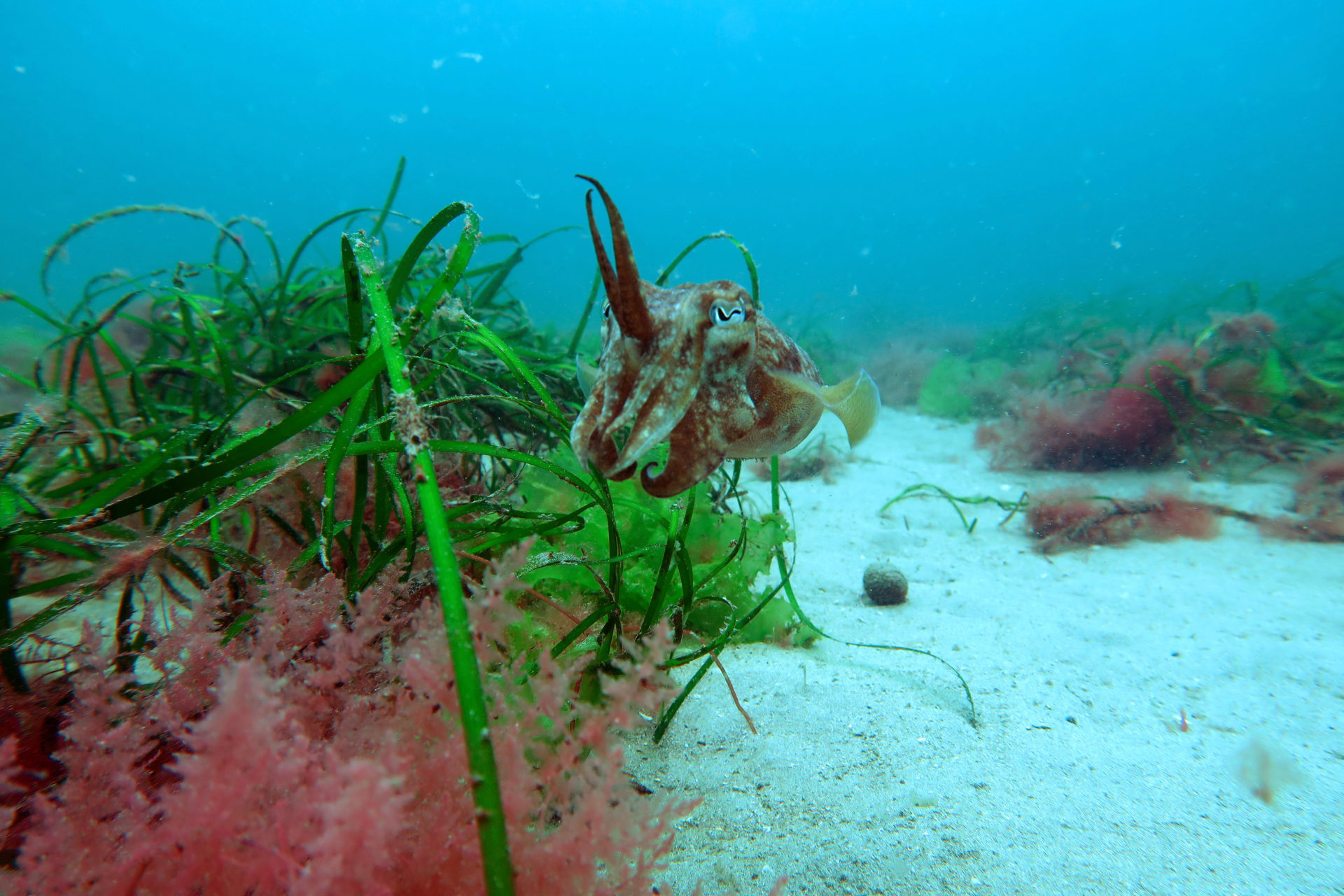
3. Seagrass meadows are nurseries for baby fish
Everyone knows baby animals are cute! By engaging our children with these tiny creatures, we can, in turn engage them in bigger stories, like where our food comes from. Many of the fish we like to eat spend they early years sheltering in the relative safety of a seagrass meadow. The life cycles of these animals and their journeys through the food chains can be an engaging story for children of all ages.
4. Seagrass acts as the Ocean’s Lungs
From some of our earliest days in school, we learn about plants and their need for light, water and food. This leads us in our later school life to think about plants photosynthesising and providing us with the oxygen we breath. Lots of this learning focuses on our forests and our grasslands but there is an opportunity to talk about our Ocean habitats here too. 50% of the oxygen we breathe comes from Ocean sources, including seagrass meadows. This is an example of how we are all linked to the Ocean and rely upon it for our survival.
5. Seagrass helps teach Ocean literacy
The seven principles of Ocean Literacy can, if known, help us all to understand our links to the Ocean which covers 70% of the planet and encompasses 99% of the liveable space. These principles cover a range of topics which can all be taught in the classroom. You can find more information here.
Please download our child friendly seagrass worksheets below:
